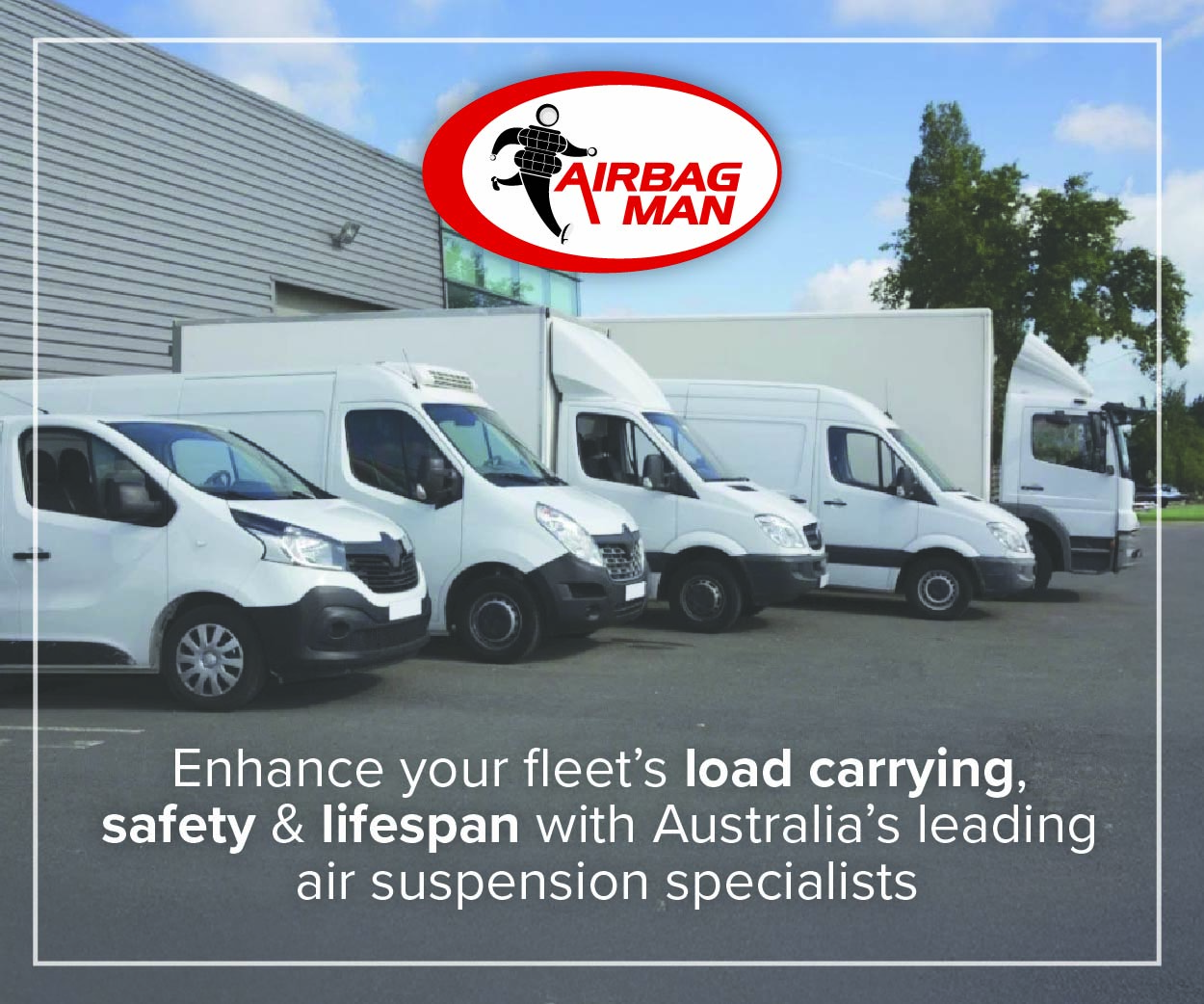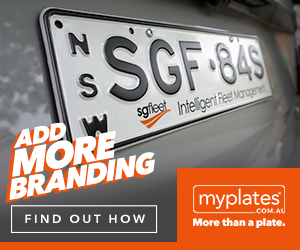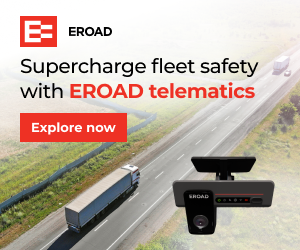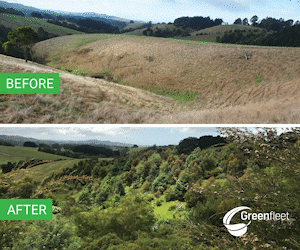To quickly recap from last week, I talked about the ingredients for creating a Safe Mobile Workplace include: –
- Fit-for-purpose 5 star vehicle
- Driver vehicle induction
- Driver policies
- Compliance process, and
- Safety culture
The recipe is also relatively simple: –
- Select a fit-for-purpose 5 star vehicle,
- Create a driver induction process to explain how the vehicle works,
- Have the driver review the organisations driver policies that explain how to use the vehicle, and
- Give them the keys to the vehicle.
- You now need to ensure the compliance process is working (ensure they have a driver’s license; you know how many driver demerit points they have and the vehicle is regularly serviced)
- Finally, you need to create a safety culture by actively talk about vehicle incidents across the business.
- SIMPLE!
Last week I outlined the first key ingredient 1. Fit-for-purpose 5 star vehicle and this week I’ll cover Driver Vehicle Induction.
Driver Vehicle Induction
The purpose of a driver vehicle induction is to ensure a driver understands all the features of a vehicle. This includes passive, active and maintenance features. Passive includes items such as, seat and headrest adjustments, seat belt shoulder adjustment, rear vision mirror and side mirrors. Active includes a vast array of Advanced Driver Assist Features (ADAS) such as Autonomous Emergency Braking, Lane Support Systems, Speed Assist Systems, Adaptive Cruise Control, Blind Spot Warning, Attention Assist (Fatigue Detection) and Reverse Collision Avoidance. Maintenance items include how to refuel the vehicle and refill windscreen washer water etc.
Driver vehicle induction can be straightforward when drivers have dedicated vehicles. You can simply get the automotive dealer to do the induction with the driver. The difficulty comes when drivers are moved into existing vehicles or when you have pool vehicles where multiple people have access to the vehicle.
It is essential you develop a vehicle induction process so you can educate your drivers. The best automotive dealers will assist you to create a process you can use internally but it is important it’s not just a document for drivers to read as there are many moving parts and its important for drivers to feel how various active features work.
Remember every vehicle comes with a vehicle manual but I can’t remember the last time a driver took the time to read it.
As you can see, Driver Vehicle Induction can become difficult and is another good reason for limiting the number of vehicle brands, makes and models you use.
To assist knowledge transfer AfMA has developed two online driver safety courses titled Understanding ANCAP Safety Ratings and Understanding Vehicle Safety Features. More information about these interactive courses can be found on our Drive Safer page.
I’ve now covered the first two ingredients, Fit-for-Purpose 5 Star Vehicle and Driver Vehicle Induction. Next week we will explore the other necessary ingredients for creating a safe mobile workplace.
- Driver policies
- Compliance process
- Safety culture


















